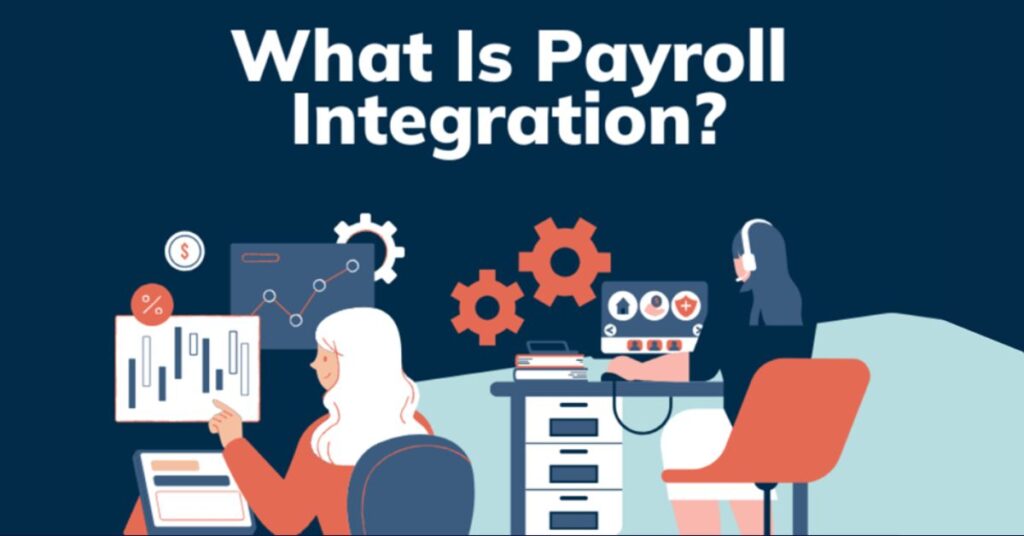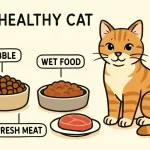HR and payroll management system integration is more than an ongoing trend. It’s more of a calculated step toward accuracy and productivity!
It can be rather tough to manage a number of different systems in the lightning-fast modern business environment. That being said, a single integrated platform is known to greatly reduce expenses, keep down slip-ups or errors, and save valuable time.
Businesses that integrate or combine HR and payroll software can improve data management and optimize processes. Team leaders are able to make better judgments as a result.
We’ll examine in-depth the benefits of combining your HR and payroll management systems in this blog post. They include improved employee satisfaction and data accuracy, among others.
Key Benefits of Integrating HR and Payroll
Enhanced Data Accuracy
Data is input only once and remains consistent when payroll and HR software are linked together or integrated. As data is handled by a single system, human error is certainly minimized.
Accurate calculations strengthen employee trust. This is because duplicate inputs are not required. In other words, by guaranteeing that payroll data remains accurate, HR and payroll software integration helps decrease payroll issues and blunders.
Time and Cost Savings
Separate systems need twice as much labor. This frequently results in blunders and lost time. On the other hand, procedures are made simpler by an integrated payroll management system. Data input time is significantly decreased as a result.
A single integrated system also cuts down on maintenance expenses. As a result, you can free up resources. Teams can have the freedom to focus on core tasks instead of repetitive ones. This saves money and valuable time.
To further streamline recruitment and reduce administrative overhead, leveraging a career website platform can centralize job postings and application tracking. This not only simplifies the hiring process but also enhances the candidate experience.
Better Compliance and Security
Integrating HR and payroll software helps companies meet legal standards. Regular updates on one system ensure compliance across departments.
Sensitive payroll data is stored in one secure place. This reduces security risks. Audits become easier, with all data accessible in one system. It can simplify reviews and checks.
Operational Advantages of Integration
Quick Reporting
With HR and payroll combined, reporting becomes faster. Data is stored in one place, so creating reports is simple. Leaders access real-time insights, like payroll costs and staffing trends, instantly. This helps management make decisions quickly based on reliable, up-to-date information.
Smooth Onboarding
An integrated system streamlines onboarding. HR enters new hire data once, which updates throughout the system. Payroll details are accurate from day one, reducing onboarding issues. Employees feel more welcomed and start smoothly, knowing payroll is set up from the start.
Boosting Employee Satisfaction
Timely, Accurate Payments
Employees expect timely, accurate pay. Integration keeps payroll errors low, so paychecks are correct and on time. When payroll is reliable, employees feel valued and secure, improving their loyalty and satisfaction.
Self-Service Options
With combined HR and payroll software, employees gain access to their own data. They can view pay slips, tax info, and leave balances without needing HR support. Self-service tools give employees control and simplify HR’s workload.
Fewer Payroll Questions
When employees can access accurate payroll data, questions reduce. HR teams spend less time on payroll issues, and employees get peace of mind. This system saves time and keeps both employees and HR focused on their work.
Scalable for Growing Businesses
Adapting to Growth
As companies expand, HR and payroll needs become complex. An integrated payroll management system adapts, handling new roles, policies, and locations. This flexibility supports growth, ensuring systems scale with the business.
Simplified Operations
Separate systems create challenges, especially for growing companies. Integrated HR and payroll software keeps things simple. Data flows seamlessly, reducing the need for adjustments as the company scales. This approach helps managers focus on growth without worrying about system limitations.
Increased Data Security
Secure Storage for Sensitive Data
Payroll involves highly sensitive information. Storing it in a single, secure system reduces access points, improving security. An integrated system enforces consistent security, safeguarding employee information from risks.
Simplified Record Management
With separate systems, record-keeping can become inconsistent. An integrated platform ensures uniform data, which simplifies audits. With one source of data, companies can trust its accuracy and stay compliant.
A Tool for Better Decision Making
Integrated HR and payroll systems provide useful insights for decision-makers. Managers can see costs, employee trends, and attendance details at a glance.
For example, data on overtime costs can help managers plan staffing. Access to this information supports strategic decisions and smart budgeting.
Conclusion
HR and payroll software integration is all in all a prudent and smart choice. It simplifies compliance, adds to accuracy, and saves precious time. While businesses get to save capital and resources, staff members can enjoy regular compensation and simple access to documents.
Integrated systems can greatly support growth, improve flexibility, and keep data secure. Integration is not just efficient; it’s a must for modern business. Combining HR and payroll management systems creates a solid foundation for the success of any business.







